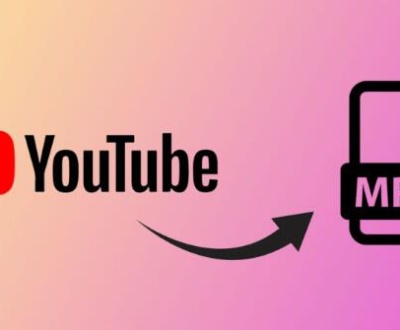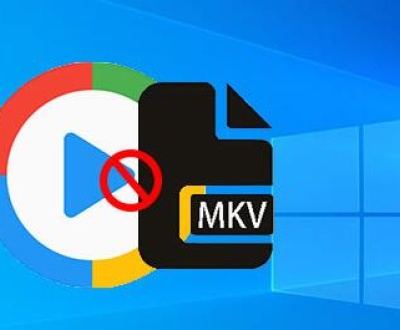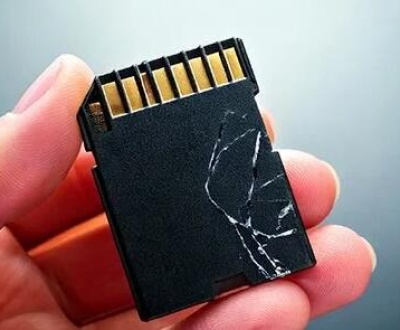Mylio is a popular digital asset management tool designed to help users organize, manage, and sync their photos, videos, and other media across devices. It offers seamless integration across various platforms, such as computers, smartphones, and tablets, ensuring that your media is always accessible, wherever you are. However, like any complex software, Mylio can encounter issues that impact the user experience, one of the most common being deleted files that reappear after they’ve been removed.
The problem of deleted files reappearing in Mylio can be perplexing and frustrating for users. You may delete files thinking they are permanently gone, only to find them reappearing in your library or storage location. This issue can arise for several reasons, ranging from syncing issues, software bugs, to improper handling of cloud-based storage or local file systems. This guide delves into the causes of this issue and offers detailed solutions for fixing it.

Common Causes of Deleted Files Reappearing
Synchronization Delays: Mylio is designed to sync across multiple devices, which means that files you delete on one device might not be immediately reflected on others. In some cases, these files may appear to “reappear” on the system as the synchronization process catches up. This is especially common if the deletion hasn’t propagated properly across all devices or storage locations.
Cloud Syncing Issues: If you are using Mylio with a cloud storage service like Dropbox, Google Drive, or OneDrive, the syncing process might be the culprit. Even though a file is deleted from one device, it might still exist in the cloud, and if Mylio is set to sync back from the cloud, the deleted file can reappear on your system.
File Caching: Mylio uses a system of caching to ensure smooth operation, and sometimes the deleted files may be cached temporarily. When the cache refreshes, it can bring back files that were deleted previously, creating the illusion of them reappearing.
Metadata or Indexing Errors: Mylio uses metadata and indexes to organize and manage files. If there are errors in these indexes or if the metadata wasn’t properly updated after file deletion, it can cause files to be displayed again after they were deleted. This issue is particularly prevalent when dealing with large libraries and slow network conditions.
Mismatched File Versions: Mylio tracks different versions of the same file. If you are working with a large number of files and making frequent edits or deletions, Mylio might show an older version of the file you thought you deleted. This can happen if there are multiple copies or references to the same media file across devices.
Backup Restores: If Mylio is set to automatically back up files to a cloud or external device, deleted files may be re-synced from these backup locations. This could cause them to reappear on the system even though they were removed from the main device.
How to Fix Mylio Deleted Files Reappearing Issue
1. Wait for Synchronization to Complete
Issue: Mylio is designed to sync across multiple devices, and syncing can sometimes take time. If you delete a file on one device, it might not immediately sync to other devices or cloud storage locations.
Solution: The first step is to give Mylio some time to complete its synchronization process. You can check the sync status in the Mylio app by navigating to the sync progress or notifications panel. Once synchronization completes, check whether the files are still reappearing.
2. Manually Force a Sync
Issue: Sometimes, the automatic sync process doesn’t run as expected, leading to discrepancies between devices or between the local library and cloud storage.
Solution: To ensure that Mylio syncs properly, you can manually initiate a sync. Go to Mylio’s settings and look for the option to “Sync Now” or force synchronization. This will ensure that any deletions are properly reflected across all devices.
3. Check the Cloud Storage Service
Issue: Cloud syncing might be causing the files to reappear if the deletion hasn’t fully propagated across the cloud storage service you use with Mylio.
Solution: Log in to your cloud service (e.g., Dropbox, Google Drive, OneDrive) directly and check if the deleted files still exist there. If they do, delete them from the cloud storage as well. Afterward, perform a sync in Mylio to ensure that the files are completely removed.
4. Clear the Cache
Issue: Mylio caches files to improve performance. If a file is cached, it can reappear even after deletion.
Solution: Go to the settings in Mylio and clear the cache. This will remove any temporary files that could be causing the issue. Be aware that clearing the cache might temporarily slow down the performance of Mylio as it rebuilds its index.
5. Rebuild Mylio’s Index
Issue: Errors in the indexing system can cause deleted files to reappear in your library.
Solution: Rebuilding Mylio’s index will force the software to re-scan your files and refresh its metadata. This should resolve issues with incorrectly displayed files. You can rebuild the index by going to the Mylio settings and looking for the option to “Rebuild Library” or “Re-index Media.”
6. Check Backup and Restore Settings
Issue: If Mylio is automatically backing up files, deleted files may be restored from the backup, making them reappear.
Solution: Review your backup settings in Mylio and ensure that files aren’t being restored from backups automatically. You may want to disable the backup feature temporarily or modify the backup settings to avoid restoring files you’ve intentionally deleted.
7. Ensure Proper File Version Management
Issue: Mylio tracks different versions of your media files. If multiple versions exist (e.g., a file was edited, and the original was preserved), you might be seeing an old version after deletion.
Solution: In Mylio, check the file versions and delete any unnecessary or older versions that could be causing the issue. You can manage versions directly within the app or via the file settings.
8. Disconnect and Reconnect Devices
Issue: Device miscommunication or outdated data on one of your devices might cause files to reappear.
Solution: Try disconnecting and reconnecting your devices to Mylio. This forces the software to re-establish a proper sync between the devices, ensuring that files are correctly deleted on all platforms.
9. Contact Mylio Support
Issue: If none of the above solutions work, there may be a deeper issue with your Mylio account or library that requires expert intervention.
Solution: Reach out to Mylio support. They may be able to diagnose the issue more precisely, whether it’s a bug in the software, a corrupted library, or a sync issue.
Preventing the Issue in the Future
Regular Sync Checks: Make it a habit to check the sync status in Mylio regularly, especially after making significant changes to your file library. This can help you catch syncing issues before they cause problems.
Review Cloud Integration: If you are using cloud storage with Mylio, ensure that it is properly integrated and synced with the software. Avoid making manual changes to files in the cloud unless you are sure that Mylio has synchronized those changes.
Backup Strategy: Use a well-planned backup strategy to ensure that you don’t inadvertently restore deleted files. If necessary, adjust the backup settings in Mylio to avoid automatic restores from backup files.
Proper Version Control: If you are working with multiple versions of the same files, make sure that you understand how Mylio manages these versions. Delete any unnecessary versions to reduce the chances of confusion.
Keep Software Updated: Software bugs can often cause unexpected behavior. Always make sure you are using the latest version of Mylio to take advantage of any bug fixes or performance improvements that may resolve this issue.
The issue of deleted files reappearing in Mylio can be caused by several factors, from syncing delays to cloud storage issues and file caching problems. By understanding the root causes of the issue and applying the solutions outlined in this guide, you can resolve the problem and ensure that your Mylio library remains organized and accurate. Regular maintenance of your sync settings, cache management, and backup processes will help prevent this issue from occurring in the future. If all else fails, don’t hesitate to reach out to Mylio support for further assistance.
About us and this blog
Panda Assistant is built on the latest data recovery algorithms, ensuring that no file is too damaged, too lost, or too corrupted to be recovered.
Request a free quote
We believe that data recovery shouldn’t be a daunting task. That’s why we’ve designed Panda Assistant to be as easy to use as it is powerful. With a few clicks, you can initiate a scan, preview recoverable files, and restore your data all within a matter of minutes.
Subscribe to our newsletter!
More from our blog
See all postsRecent Posts
- How to search folder in file explorer 2025-05-09
- How to search for duplicates in file explorer 2025-05-09
- Finder search not finding files 2025-05-09

 Try lt Free
Try lt Free Recovery success rate of up to
Recovery success rate of up to









